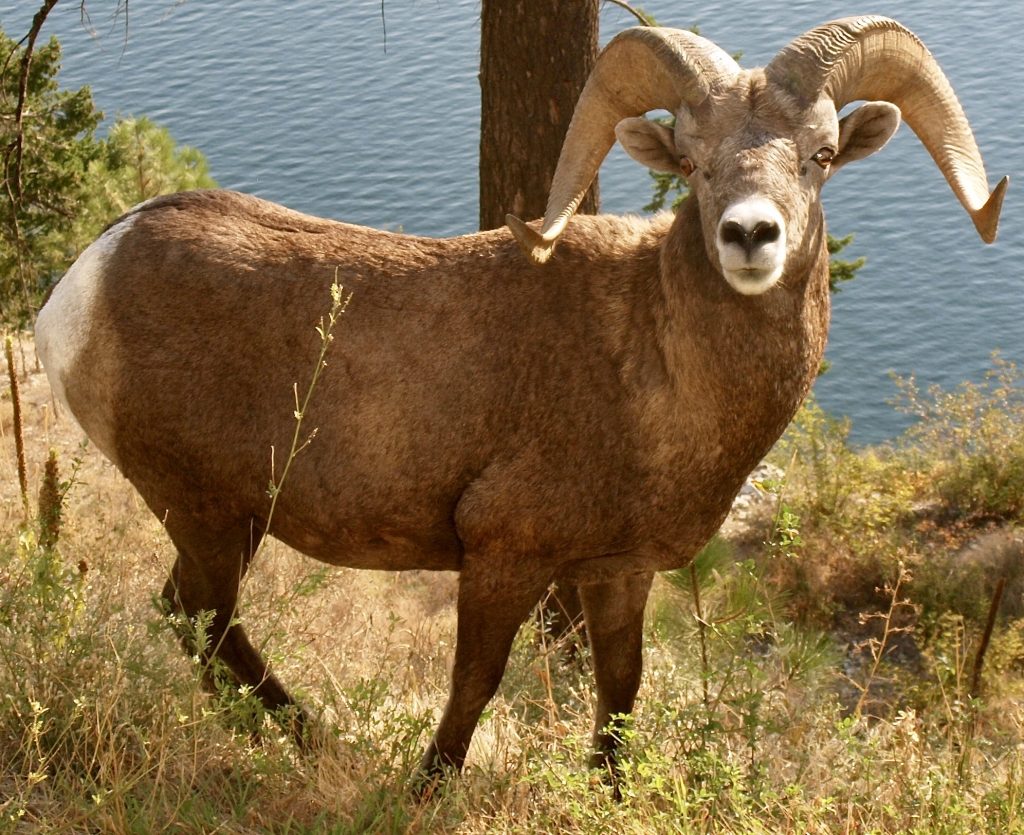SILT NEWS
Home > Conservation

Supporting Land Conservation
There are many ways you can support land conservation
Land trusts always seem to be in fund-raising mode to purchase properties that have special features essential to wildlife, but acquiring the property is only the first step.
Once a property is acquired, it needs to be managed and sometimes restored to maintain the ecological values for which it was protected. That includes putting up fences to keep cattle out, installing signs and gates to guide public use, or replanting native species to support wildlife. These kinds of maintenance and restoration efforts all come at a cost.
The Southern Interior Land Trust (SILT) was formed in 1988 to purchase land for wildlife in the southern interior of BC. SILT is run by a volunteer board of directors and a part-time contracted executive-director, operating with minimal resources. SILT stewards seven conservation properties without any regular government funding and no endowment to support its daily operations.
Ironically, SILT’s responsibility to steward its lands sometimes extends to defending their natural features from the public—which, after all, is the ultimate beneficiary of the land conserved. Beyond management, SILT also takes its responsibility seriously to defend the sanctity of natural features essential to wildlife on the lands we conserve, notes President Judie Steeves.
Conservation lands are often secured with public donations and SILT has a responsibility to protect the habitat values for which the lands were acquired, including large standing dead or dying trees, known as wildlife trees, and other valuable features such as wet areas and winter range, bunchgrass meadows, fresh water, wetlands, craggy outcroppings, and tree cover, or south-facing slopes that green up early in spring.
“The public is welcome to enjoy nature on our conservation lands with common-sense restrictions such as no motorized vehicle use, which causes damage to the ecosystem,” she explains.
“Stewardship of conservation lands can be expensive, but we are diligent about ensuring habitat values on our properties are conserved, and the public can be assured we will continue our commitment to safeguard those values forever,” states executive-director Al Peatt. “To be effective, land trusts across Canada need an improved mechanism to better fund defence of their conservation properties.”
Conserving biodiversity is a responsibility we all share, he believes.
Earlier this year, SILT became one of the first land trusts in Canada to receive Conservation Excellence Certification from the national Centre for Land Conservation. The achievement demonstrates SILT’s commitment to best practices for conserving land, notes Steeves.
Supporting SILT ensures these conservation standards continue across our properties.
How you can help
SILT relies on community donations to support the work it does to conserve habitat for wildlife. One way you can help is to become a property steward. Simply visit https://siltrust.ca/become-a-property-steward, select a zone on the map to become a steward of that piece of property; and make a donation. Your sponsorship will help support that property for 12 months from the date of your gift.
You’ll receive a stewardship certificate and a tax receipt. It’s a meaningful gift for someone who loves the outdoors, or in memoriam for a lost loved one. All donors are featured on our online donor wall in recognition of their commitment. Every contribution ensures these lands are cared for, helping SILT protect wildlife habitat now and for generations to come.
You can also choose to donate your time or property to help SILT conserve land and wildlife in your community. Email office@siltrust.ca for more information.
Media Contact:
Al Peatt, Executive Director
Southern Interior Land Trust
apeatt@siltrust.ca
(250) 328-4699
California bighorn sheep, like this ram, are among the many beneficiaries of some of SILT’s conservation lands, enjoying the protected habitat with their families.

Sidebar

